
Andy’s Land-Based Coral Trout Fishing Secrets
- Coral trout are opportunistic – and their name is misleading. Whilst they are often found in coralline structure, they’ll make a home from any hard structure, it doesn’t have to be coral. Rocks, oyster reefs, jetty pylons, wrecks, even mangroves and weed beds can hold coral trout at times.
- The places to find trout from the shore are tide dependent, wind dependent and weather dependent. The question to ask yourself every time you catch a fish is “Why was this fish here”? This helps you start to recognise the structures that are most productive.
- Andy finds that clear water fishes best for trout, which excludes areas around most river mouths. Beaches generally don’t hold enough structure, except if there are some rocks or reef somewhere along the length. Current is a big factor, so points and the corners on areas of fringing reef are always worth trying.
- Google Earth is your friend. Look for water that’s a bit deeper, though not much more than 6-8m or the trout are unlikely to come up for a popper. A depth of 1.5 to 4m is ideal.
- Weather is more of a human comfort thing than a fishing thing – except if you’re using poppers, which are less effective when the surface is rippled.
- When you’re casting at structure from the shore it’s important to have gear that can throw the lure a long way and to put casts in on both sides of any rocks or other structure (not directly over the top).
- Beware of eating large trout, they are often ciguatera carriers. If you’re going to take one of two for the table, stick with fish below 60cm in length.
- When trout hit your lures, lift the rod as high as possible and go as hard as possible. This can confuse the fish and give you a better chance of getting them out of the structure. There’s no need to pump the hooks home like when striking a GT, the key is to get them as far from structure as quickly as you can.
Andy’s Land-Based Coral Trout Fishing Secrets
- Andy has recently been catching his biggest coral trout on GT popping gear, mainly because he likes throwing really big poppers. A Fin Nor LT 100 reel loaded with 80lb braid is the heart of his outfit.
- Longer rods (7’-7’6”) are better for shore fishing but if (like Andy) you do lots of boat and creek fishing and have a lot of 6’ or 6’6” rods, they will do. For casting smaller lures a 4000 size reel loaded with 30lb braid and a 40lb fluorocarbon is sufficient.
- Mono is fine for leader material, but Andy reckons the abrasion resistance of fluorocarbon is worth the extra dollars.
Andy’s Land-Based Coral Trout Fishing Secrets
- A 100 to 150mm Halco Rooster Popper is a staple lure in Andy’s coral trout lure selection. For coral trout fishing they can be chugged slowly or simply cranked at slow to medium speed. Best chugged when the water surface is reasonably flat or they might cartwheel across the surface, can be cranked at constant speed even when the water is a bit rougher and still be effective on trout.
- Sinking stickbaits are great for coral trout and the Lively Lures Slick Stick is a great option. Cast the lure well past the structure and retrieve with sweeps that are less aggressive than you’d employ for GT’s, but enough that you can feel the lure go “wobble, wobble”, then pause, rinse and repeat. On the pause, wind your rod tip back toward the lure and stay focussed and ready to react quickly to any attacking trout.
- Samson Lures are designed for shore fishing and Andy finds the 120mm long Tweak 85g pretty effective. Use the slow and medium sink versions in shallower water and the fast sink if you’re fishing a bit deeper.
- A large soft plastic is a very effective option and Andy likes the ZMan range because they are able to cope with being attached by toothy critters such as barracuda and longtom. White or semi-transparent lures are a good option and the fork-tailed jerkshad styles are better than paddle or curl tail patterns. Andy likes to rig these on weedless hooks, with the weight varying depending on the depth, wind and so on. He ties a ball sinker in the loop knot because it’s a cheaper yet effective way to weight the lures.
Andy Thomsen
“Andy’s Catch And Cook” Youtube Channel
Andy is an Australian Youtube sensation, publishing weekly videos of his fishing adventures around Australia and inspiring over 200K subscribers to enjoy the magnificent outdoor Aussie lifestyle on our doorsteps. Andy’s videos feature overnight excursions to the jungles, rivers and islands where he demonstrates how to catch a range of species and cook them from makeshift campsites. 100% informative and 100% entertaining.
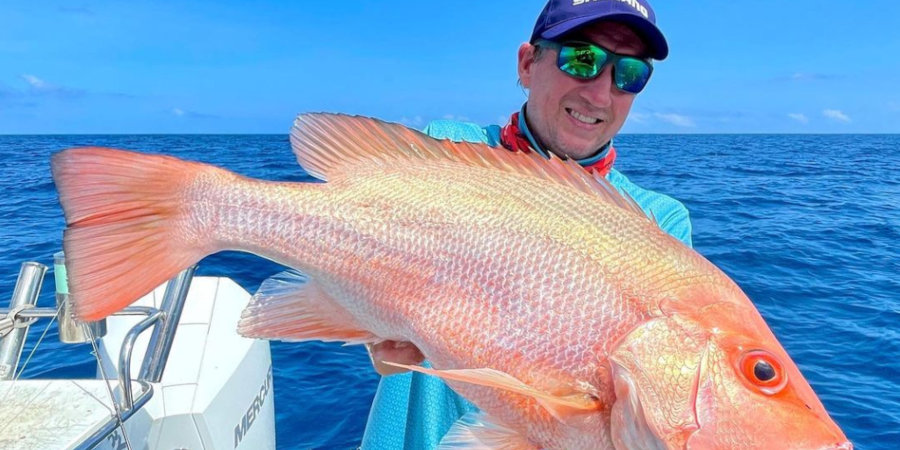
Five Groote Eylandt Fishing Adventures With Bomber Farrell
Bomber Farrell returns to the ALF podcast, this time to explain his top five Groote Eylandt fishing experiences!
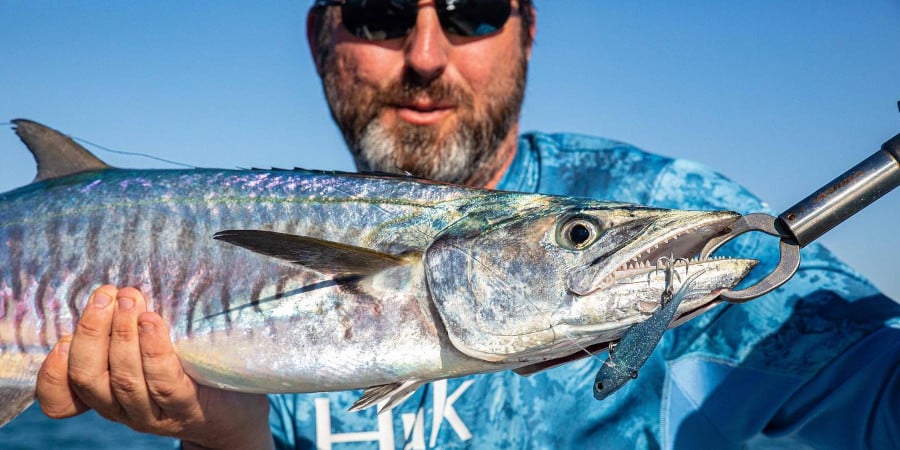
Episode 547: Fishing Around Exmouth In Spring With Steve Riley
Every time I interview Steve Riley about fishing the Exmouth area I get blown away by the opportunities on offer, but I think this interview could be my favourite so far. Steve spills the beans on five land-based fishing spots that are available to visiting anglers during spring. In the course of the conversation we cover everything from bream and whiting to tuna, reef species and pelagics including monster GT from the beach. What a destination!

Episode 545: Best Hervey Bay Fishing Spots In Spring With Scotto Mitchell
Spring is a great time to fish the Hervey Bay area land-based or from a small boat or kayak. In today’s ALF episode local personality Scotto Mitchell helpsput us onto some awesome fish with simple tackle and techniques.
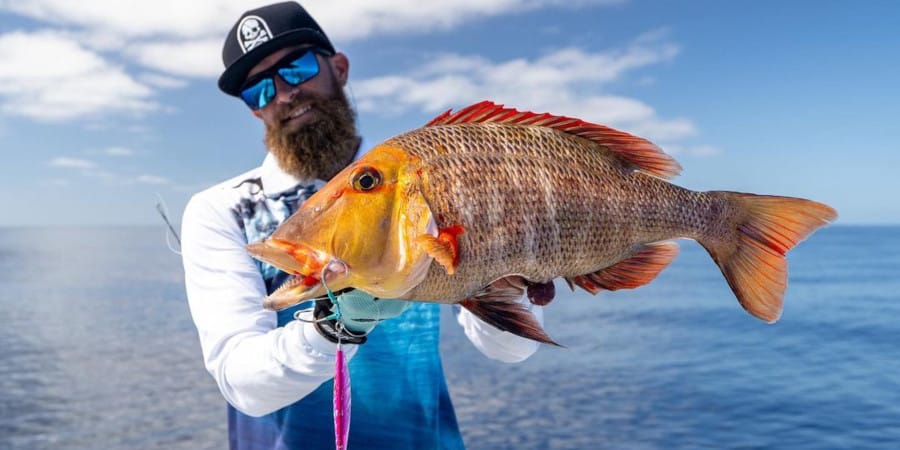
Episode 529: Mackay Slow Pitch Jigging With Mick Hassett
My Slow Pitch Jigging technique is something I’ve been working on lately – I’m on a steep curve. Not Mick Hassett though, he’s a machine with the SPJ and in today’s interview he shares a ton of pro tips.
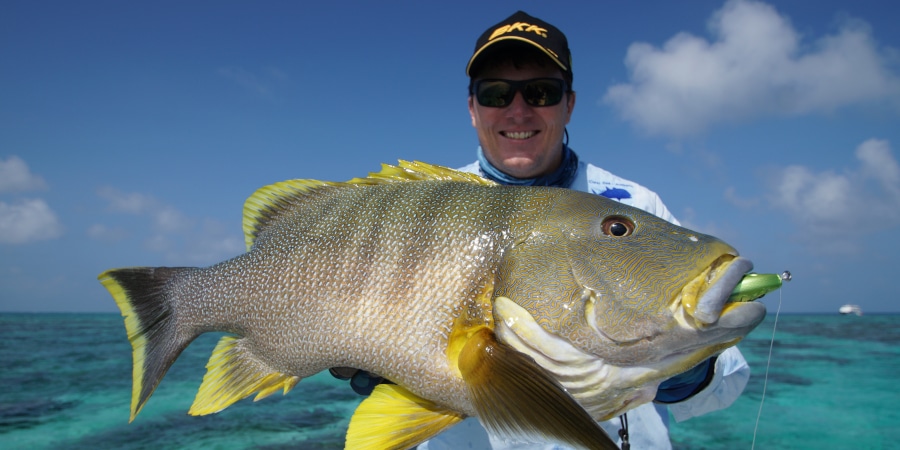
Episode 525: Five Best Queensland Sportfishing Destinations With Damon Olsen
Damon Olsen has spent over 20 years exploring every corner of every reef between Fraser Island and the tip Of Cape York. In today’s episode he walks us through the five destinations he’d really like to go back and fish all over again!

Five Groote Eylandt Fishing Adventures With Bomber Farrell
Bomber Farrell returns to the ALF podcast, this time to explain his top five Groote Eylandt fishing experiences!

Episode 547: Fishing Around Exmouth In Spring With Steve Riley
Every time I interview Steve Riley about fishing the Exmouth area I get blown away by the opportunities on offer, but I think this interview could be my favourite so far. Steve spills the beans on five land-based fishing spots that are available to visiting anglers during spring. In the course of the conversation we cover everything from bream and whiting to tuna, reef species and pelagics including monster GT from the beach. What a destination!


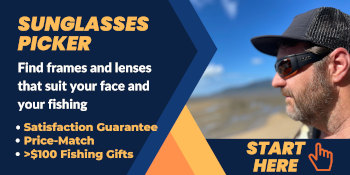
0 Comments